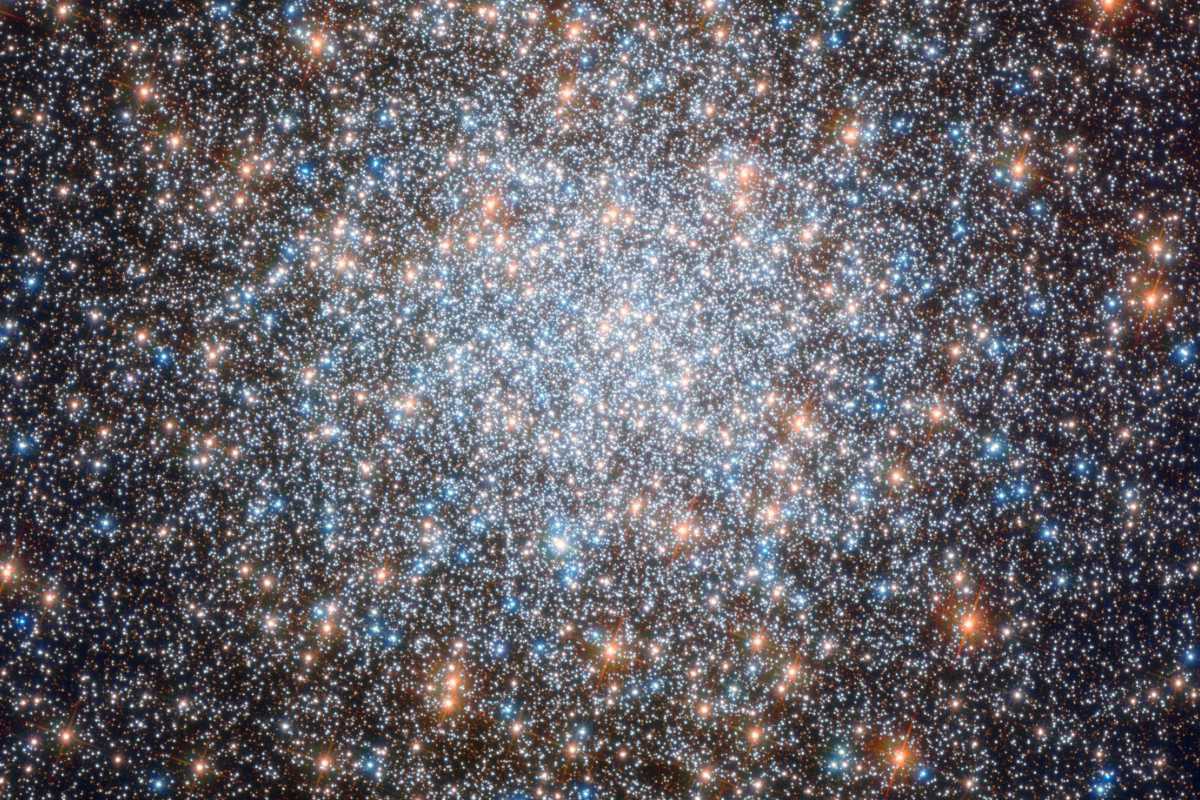
They pretend to be younger than they actually are. But the Hubble Space Telescope now sees through that outward appearance.
When our sun is about 10 billion years old and has used up all the hydrogen in its core, it will swell into a red giant. In doing so, the inner planets – including most likely ours – are swallowed up. Not long after, our dying sun sheds its outer layers, exposing the core of our parent star. It cools slowly and our sun is henceforth referred to as a white dwarf.
Surprise
This future scenario is still some way off; our sun is ‘only’ 4.6 billion years old and can therefore still handle it for a while. But it is certain that our mother star will come to an end in this way. Countless stars have gone before her and we have a pretty good idea of that transformation and the end result. At least we thought so. Because the universe knows how to surprise us again.
Not so exhausted
It is believed that white dwarfs are actually extinct stars, doomed to cool down. But the Hubble Space Telescope has now discovered that not all white dwarfs are the same. Some still manage to take action and postpone the cooling by hydrogen combustion. “We have found for the first time observational evidence that white dwarfs can still undergo stable thermonuclear activity,” said study researcher Jianxing Chen. “That was quite a surprise, because it is at odds with what is usually assumed.”
Fuel
The observation that some white dwarfs do become active again naturally raises the question of how they get the necessary fuel. Our sun burns hydrogen at its core. But a white dwarf has no hydrogen left in its core. How can it still burn hydrogen? Very simple, say the researchers. The hydrogen combustion does not take place in the core, but at the surface. And the hydrogen does not come from the core, but from the outer layers that some white dwarfs manage to retain with their immense gravity.
Problem
The fact that some white dwarfs start a kind of second life as a result of that hydrogen burning on the surface is quite problematic. Until now, researchers assumed that white dwarfs were doomed to cool down in a predictable way. And according to that assumption, there is a direct relationship between the temperature and age of a white dwarf; the cooler, the older. And white dwarfs have been used so regularly as a kind of ‘natural clocks’, their cooling to determine the age of the globular and open star clusters of which they are part. But now it turns out that some white dwarfs are putting off cooling – and thus aging – and appear younger than they actually are due to hydrogen combustion. And so someone who is guided by white dwarfs in estimating the age of a star cluster could just be 1 billion years off.
“Our discovery challenges the definition of white dwarfs,” said researcher Francesco Ferraro. “We may need to change our view of how stars age.”
Source material:
“Hubble Discovers Hydrogen-Burning White Dwarfs Enjoying Slow Aging” – Hubble
Image at the top of this article: ESA, NASA, Giampaolo Piotto